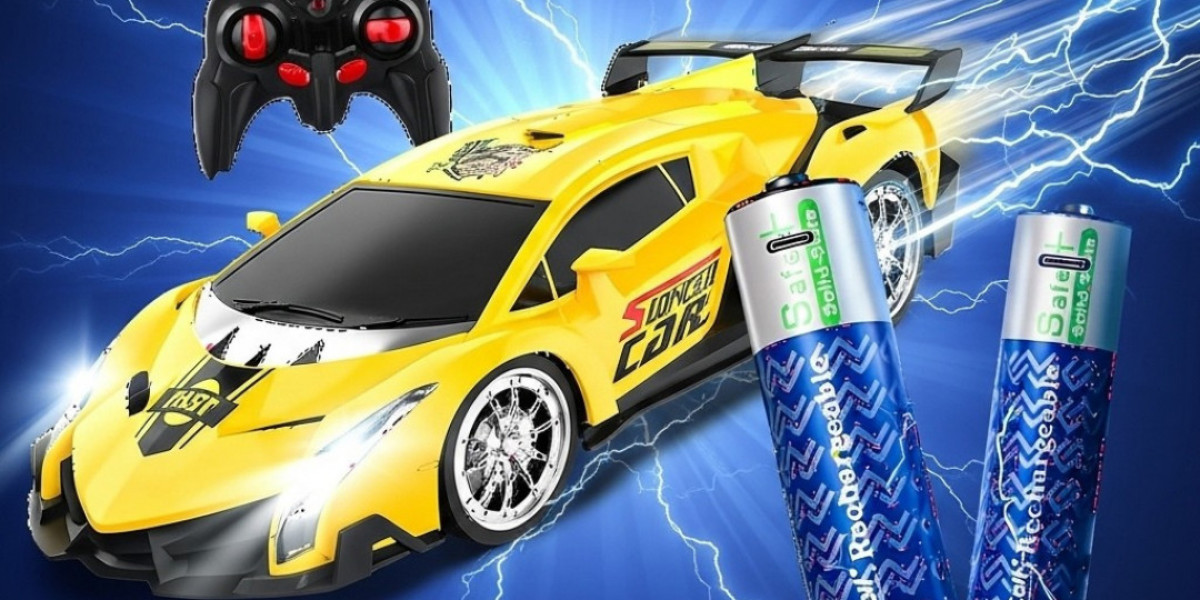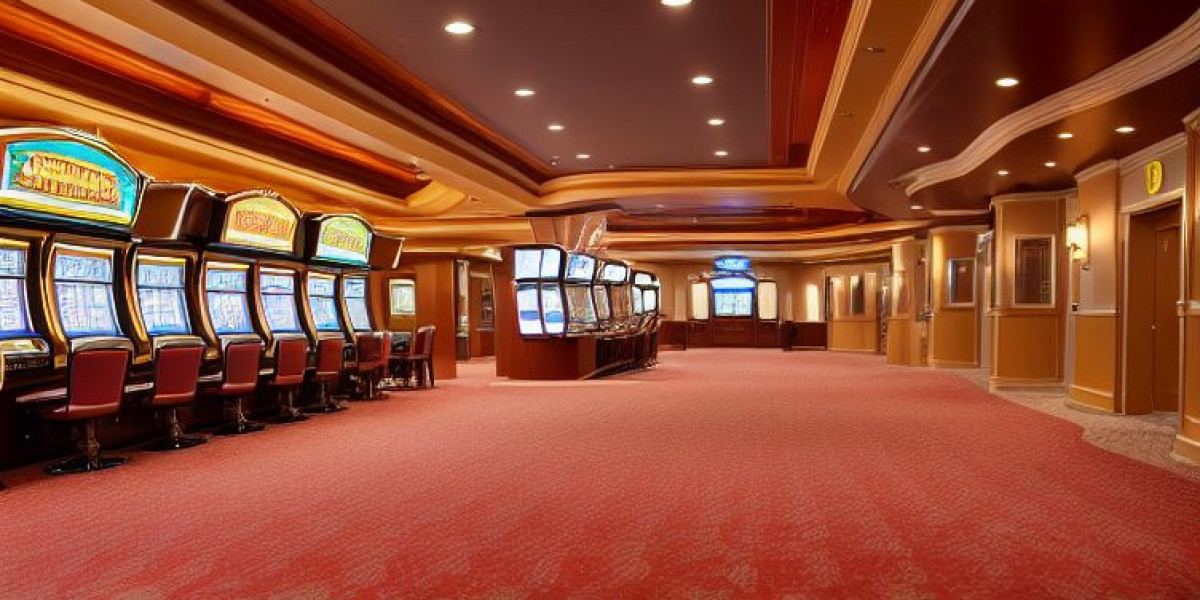Every parent knows the frustration of toys suddenly stopping mid-play because the batteries have run out. Whether it’s a talking doll, a remote-controlled car, or a musical keyboard, toys consume a surprising amount of power. The solution to this constant battery drain is simple yet powerful: AAA rechargeable cells. These compact, reusable batteries have become a reliable choice for toys and small gadgets, offering long-term performance, cost savings, and environmental benefits.
In today’s world of sustainability and smart spending, rechargeable batteries are no longer a luxury — they’re a necessity. This article explores why AAA rechargeable cells are ideal for toys, how they work, what makes them superior to regular batteries, and how to choose and care for them for the best performance.
Understanding AAA Rechargeable Cells
The term “AAA battery” refers to the physical size and shape of the cell, not its chemical composition. A AAA rechargeable cell is a small cylindrical battery that can be recharged and reused hundreds or even thousands of times. These cells usually have a voltage of 1.2 volts, slightly lower than disposable alkaline batteries, which operate at 1.5 volts. However, their ability to maintain stable power output over time makes them ideal for many applications — especially electronic toys.
Rechargeable AAA batteries are available in several chemistries, including Nickel-Metal Hydride (NiMH), Nickel-Cadmium (NiCd), and Lithium-ion (Li-ion). Among these, NiMH has become the most popular and widely used for toys due to its balance of performance, safety, and affordability.
Unlike disposable batteries that drain quickly and are discarded, rechargeable AAA cells can be charged hundreds of times using a compatible charger, drastically reducing both waste and long-term costs.
Why Toys Need Reliable Power
Toys are no longer simple plastic objects that move with springs or mechanical parts. Modern toys are often mini electronic devices — complete with lights, sounds, sensors, motors, and even Bluetooth connectivity.
Because of this, they demand steady, high-quality power to perform properly. Low or fluctuating voltage can make a toy malfunction, produce distorted sounds, or stop working altogether. This is where rechargeable AAA cells shine.
Rechargeable batteries, particularly high-capacity NiMH ones, deliver consistent power output over most of their charge cycle. Unlike disposable alkaline batteries that start strong but lose power rapidly, rechargeable cells maintain voltage more evenly, allowing toys to run at full performance for longer periods.
Benefits of Using AAA Rechargeable Cells in Toys
1. Long-Term Cost Savings
While rechargeable batteries may cost more upfront, they pay for themselves quickly. A good-quality AAA rechargeable cell can be reused hundreds of times. That means one set of batteries could replace dozens of disposable packs over its lifetime.
If your child plays frequently with battery-operated toys, you could easily go through dozens of alkaline batteries in a few months. With rechargeable cells, you only need to invest once — and recharge as needed.
2. Consistent Power Output
Rechargeable AAA cells provide a stable voltage throughout their discharge cycle. This means toys maintain steady brightness, sound, and performance until the battery is nearly empty. Disposable batteries, by contrast, deliver strong power at first but fade gradually, making electronic toys slow, quiet, or dim after a short time.
3. Environmentally Friendly
Each rechargeable cell you use prevents dozens of single-use batteries from ending up in landfills. Disposable batteries contain harmful materials that can leak into soil and water. By choosing rechargeable options, you reduce pollution, conserve resources, and contribute to a cleaner environment.
4. Convenience and Readiness
Rechargeable AAA batteries can be recharged anytime you need them. If your child’s favorite toy stops working, you don’t have to run to the store. Just swap in a freshly charged set and continue the fun.
Many modern chargers can recharge multiple batteries at once, and some even feature USB ports or smart detection that stops charging automatically when full, making the process effortless.
5. Better for High-Drain Devices
Many electronic toys, like RC cars or talking robots, drain regular alkaline batteries quickly. Rechargeable NiMH cells are designed to handle these high-drain devices, providing sustained current output without rapid voltage drop.
Types of AAA Rechargeable Batteries
1. Nickel-Metal Hydride (NiMH)
NiMH batteries are the most common and recommended type for toys. They typically have capacities between 600 mAh and 1200 mAh. They’re affordable, safe, and widely available.
NiMH cells have minimal “memory effect” — meaning they can be recharged at any point without losing capacity. They also perform well in high-drain applications like motorized toys.
2. Nickel-Cadmium (NiCd)
These were among the first rechargeable batteries used in electronics, but are now largely replaced by NiMH due to environmental concerns. NiCd cells suffer from memory effect and contain toxic cadmium, making them less eco-friendly. However, they still exist in some industrial applications due to their durability.
3. Lithium-ion (Li-ion)
Rechargeable lithium AAA cells offer higher capacity and energy density, but they’re more expensive and may require special chargers. For toys, they are often unnecessary unless you’re powering very demanding or smart devices.
For most households, NiMH AAA rechargeable batteries strike the best balance between cost, safety, and convenience.
How to Choose the Right AAA Rechargeable Cells
When buying AAA rechargeable batteries for toys, here are some key points to consider:
- Capacity (mAh): Higher capacity means longer run time. For toys, aim for 800 mAh or higher.
- Brand reliability: Well-known brands provide better consistency and safety standards.
- Low self-discharge feature: Some modern batteries can hold their charge for months when not in use.
- Cycle life: Look for batteries rated for 500–1000 recharge cycles.
- Charger compatibility: Ensure the charger supports the chemistry and size of your batteries.
Avoid extremely cheap, unbranded batteries — they often overstate capacity and underdeliver performance. A small difference in price can make a big difference in safety and lifespan.
The Role of the Charger
The charger is as important as the battery itself. A smart charger prevents overcharging, overheating, and damage, ensuring maximum lifespan for your cells.
When selecting a charger:
- Choose one that supports AAA NiMH batteries.
- Look for individual charging slots so each cell is charged independently.
- Prefer models with automatic shut-off once batteries are full.
- If you travel often, USB-powered chargers are convenient.
Charging typically takes between 2 and 6 hours, depending on battery capacity and charger output. Avoid leaving batteries plugged in overnight unless the charger is designed for trickle charging or has an auto cutoff.
Caring for Your Rechargeable Batteries
To get the most out of your AAA rechargeable cells, proper care and maintenance are essential. Here are a few practical tips:
- Charge Fully Before First Use: New batteries often come partially charged. Fully charge them before using them for the first time.
- Avoid Deep Discharge: Don’t wait until the toy completely stops working before recharging. Recharging when cells are around 20–30% gives better longevity.
- Store Properly: If not in use, store in a cool, dry place. Avoid direct sunlight and heat.
- Use in Matching Sets: Always use batteries of the same brand and capacity in the same device. Mixing old and new cells can cause uneven discharge and reduced performance.
- Clean Contacts: Occasionally, wipe the terminals with a dry cloth to remove dust or corrosion.
- Avoid Overcharging: Modern chargers manage this automatically, but older models can damage cells if left too long.
- Replace When Worn: Even rechargeable batteries have a finite lifespan. If a battery stops holding a charge or shows physical damage, replace it.
Following these steps can extend the lifespan of your batteries and keep your toys running smoothly.
Why AAA Rechargeable Cells Are Ideal for Toys
Let’s look at why rechargeable AAA cells, specifically, are such a great fit for toys compared to other options:
- Size Compatibility: Many toys use AAA batteries because they’re small and lightweight. Rechargeable versions are direct replacements without modification.
- Frequent Usage: Toys are often used daily, making rechargeability essential.
- Quick Charging: You can recharge overnight and have them ready by morning.
- Safety: NiMH rechargeable cells are non-toxic and safe for children’s devices.
- Reduced Waste: Children’s toys can easily consume dozens of batteries each year — rechargeables eliminate that waste.
From baby musical toys to advanced remote-controlled drones, AAA rechargeable cells deliver consistent, safe power, ensuring uninterrupted playtime and peace of mind for parents.
Environmental and Economic Impact
Every year, millions of disposable batteries are thrown away. Many end up in landfills, leaking harmful chemicals into the soil and water. Rechargeable AAA cells drastically reduce this waste.
Economically, consider this: if you buy one pack of good rechargeable batteries and a charger, the investment may cost slightly more upfront. But that same set can replace hundreds of disposable batteries over its lifespan, saving thousands of rupees and preventing needless environmental harm.
In a world moving toward sustainability, rechargeable batteries are one of the simplest steps households can take toward greener living.
Common Misconceptions About Rechargeable Batteries
Despite their clear advantages, some myths persist around rechargeable batteries:
- “They don’t last as long.” In reality, high-quality NiMH cells can power toys longer than disposables because they maintain a steady voltage.
- “They lose charge too quickly.” Modern low self-discharge batteries can retain up to 85% of their power even after several months.
- “They are unsafe.” Rechargeable batteries are very safe when used with compatible chargers and handled properly.
- “They’re expensive.” While initial costs are higher, the savings over time are significant.
These outdated misconceptions often prevent people from switching, but once you experience the convenience of rechargeable batteries, you’ll never go back.
The Future of Rechargeable Batteries
Battery technology is advancing rapidly. Today’s NiMH batteries are more efficient, and future models will charge faster, hold more energy, and last longer. We’re already seeing the integration of smart chips in chargers that can monitor battery health and adapt charging speed.
For toys and small electronics, this means even better performance and safety in the coming years. Some modern toy manufacturers are already designing their products with built-in rechargeable battery systems — a step toward fully sustainable playtime.
Conclusion
For anyone tired of constantly buying new batteries, AAA rechargeable cells are the perfect solution — especially for toys. They’re reliable, cost-effective, and eco-friendly, ensuring your children’s favorite toys are always ready for action.
Rechargeable batteries combine practicality with responsibility. They save money, reduce environmental waste, and deliver the steady performance that modern electronic toys require. With a good charger and proper care, a single set of rechargeable AAA cells can last for years — powering countless moments of joy, creativity, and learning.
In short, switching to AAA rechargeable batteries isn’t just a smart choice — it’s a sustainable investment in both your wallet and your child’s happiness.














